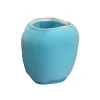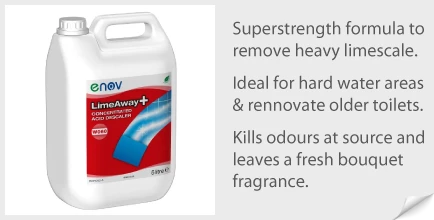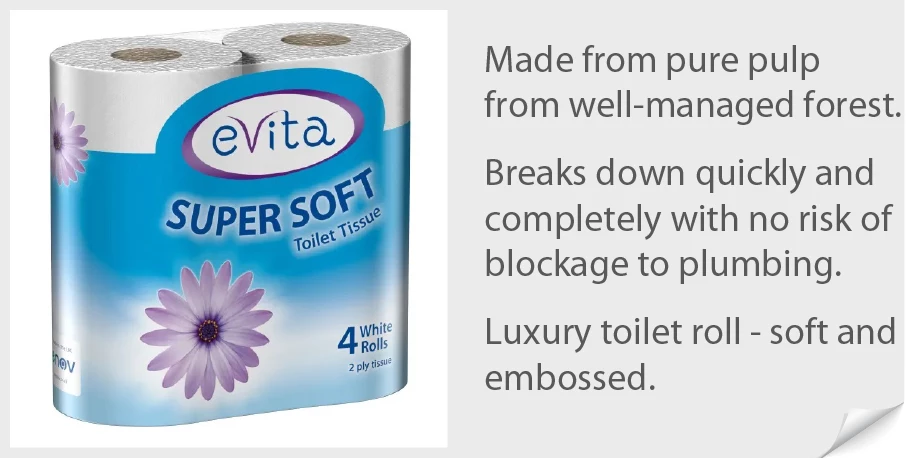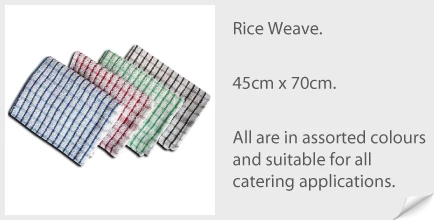- Faster checkout
- Save multiple shipping addresses
- View and track orders and more
Flat Mopping Systems
Flat mopping is fast and easy to use providing greater results. An ideal cleaning product used in hospitals, hotels or schools. Flat mopping is more efficient and effective compared with traditional mopping.
Benefits of Flat Mopping Systems
Mopping Systems Create Cleaning Efficiencies
The 2013 Facility Cleaning Decisions survey revealed that 54 percent of departmental budgets go towards labor and 30 percent of dollars are spent on product and equipment purchases. With managers spending 84 percent of their funds in just these two areas, it makes sense that their focus is on efficiencies and getting the biggest bang for their buck.
With these two areas in mind, the custodial department at Concordia University, located in Mequon, Wis., transitioned from traditional string mops and buckets to microfiber flat mopping systems with on-board chemicals.
“We have found that the microfiber cleans better than the swing mop and bucket for various reasons,” says Laurie Strommen, housekeeping manager. “With the on-hand chemicals, we are always using clean mop water because it is dispensed from the bottle as we need it, versus dipping our mop in a bucket of dirty water.”
By piping cleaning chemicals through the mop handle, custodians apply solution directly to the floor, eliminating the need for traditional buckets. This simple system touts cleaning times three times faster than other flat mops.
“When saturated with water and chemicals, mops can get heavy and more difficult to push around. Naturally, workers slow down when this happens and cleaning takes longer,” says Strommen. “This just isn’t the case with the microfiber system we use, which weighs less and is easier to move around.”
She adds that some might question the weight of adding chemical to the mop handle, but insists that isn’t an issue. Instead, the little weight that the chemical does add actually counters the weight of a wet microfiber mop head, balancing the system and making for more ergonomic use.
Ergonomic Benefits
Nearly 74 percent of Facility Cleaning Decisions readers purchase products and equipment with safety and ease of use in mind. This likely has a lot to do with the high costs associated with training and worker compensation claims.
In most custodial departments, worker injuries to backs, shoulders and arms stem from repetitive motions. Naturally, mopping has been to blame for many custodial worker injuries over time, but Strommen wants injuries to be a non-issue at Concordia.
“If the staff doesn’t have to move a heavy mop and bucket of water around campus, they are less likely to have discomfort or problems with their backs,” she says.
Constantly pushing and pulling heavy objects can be taxing on a persons back, but so can leaning over for long periods of time. For this reason, Strommen took into account the varying heights of her staff when selecting a mopping system.
“The mops we use feature lightweight, adjustable handles, allowing each person to change the length to a height that works for them,” she says. “That way, they can work standing up straight with their shoulders back. It’s easier to use this system with proper posture as oppose to the swing mop.”
Even when using the most ergonomic tool, injuries can occur because of misuse, which is why training is critical. At Concordia, each new staff member is required to watch a short training video on how to properly use this mopping system. In addition, Strommen provides hands-on training.
She has found that more often than not, workers want to mop using a back and forth motion, which can lead to fatigue and strains on the body. Instead, she trains staff to mop floors in a figure eight pattern, pulling mops towards the body.
“If they aren’t getting it, I ask if they’ll take a minute to dance with me,” says Strommen. “Keep them at an arms length away and slowly pull them towards you as you dance backwards. That always seems to work and it’s an easy training technique that they understand.”



















